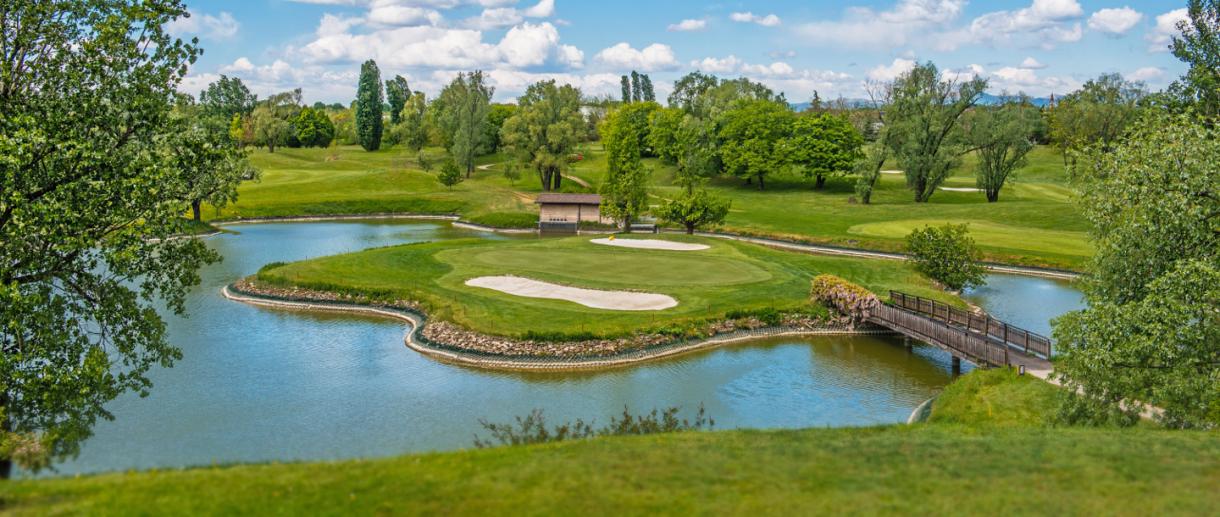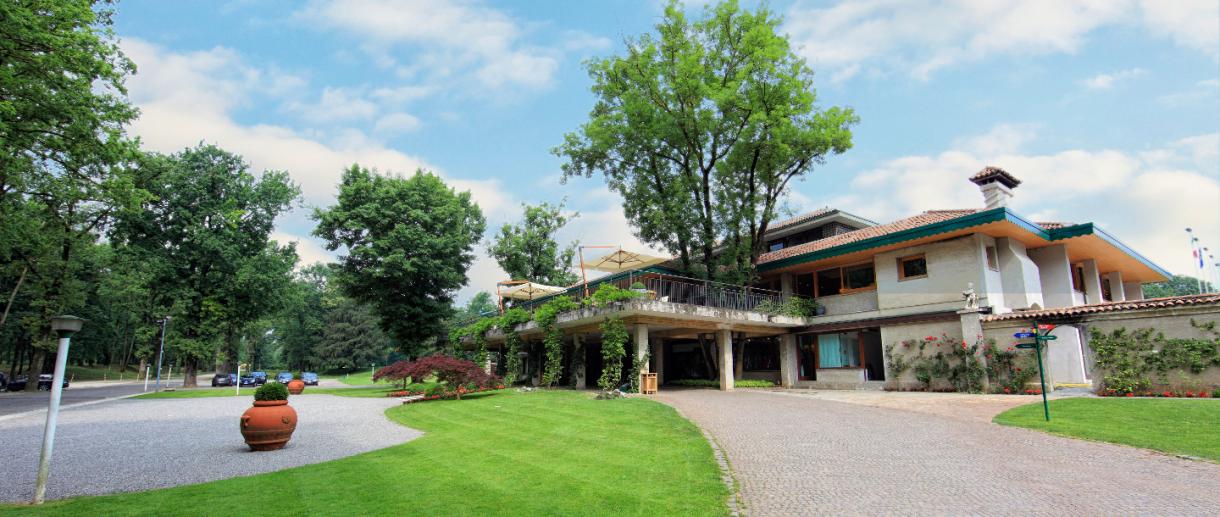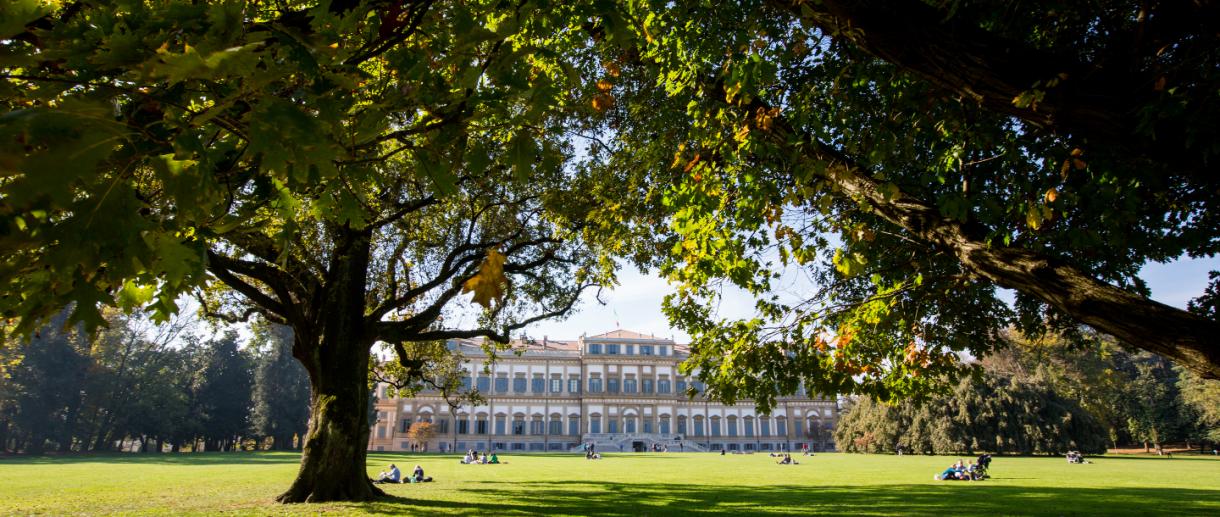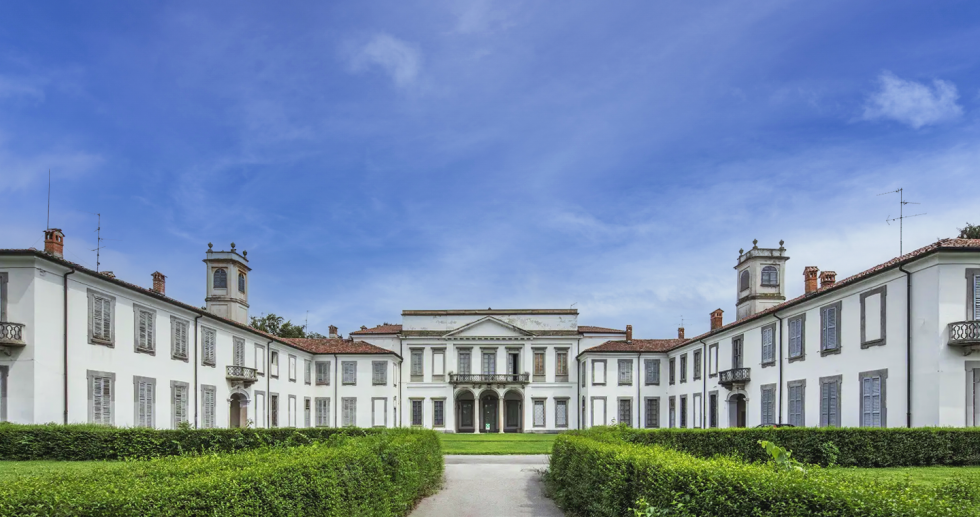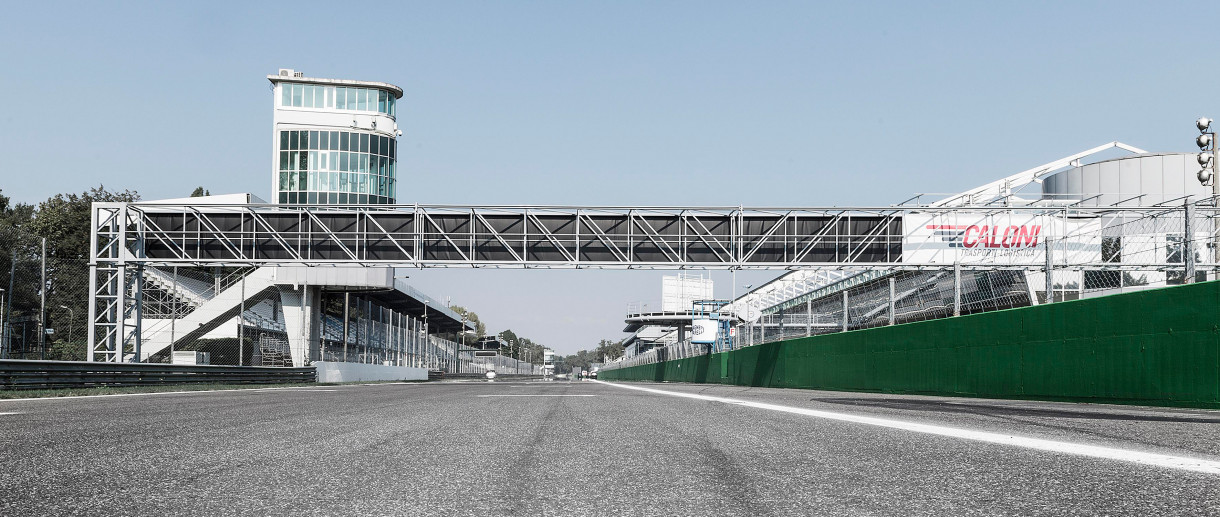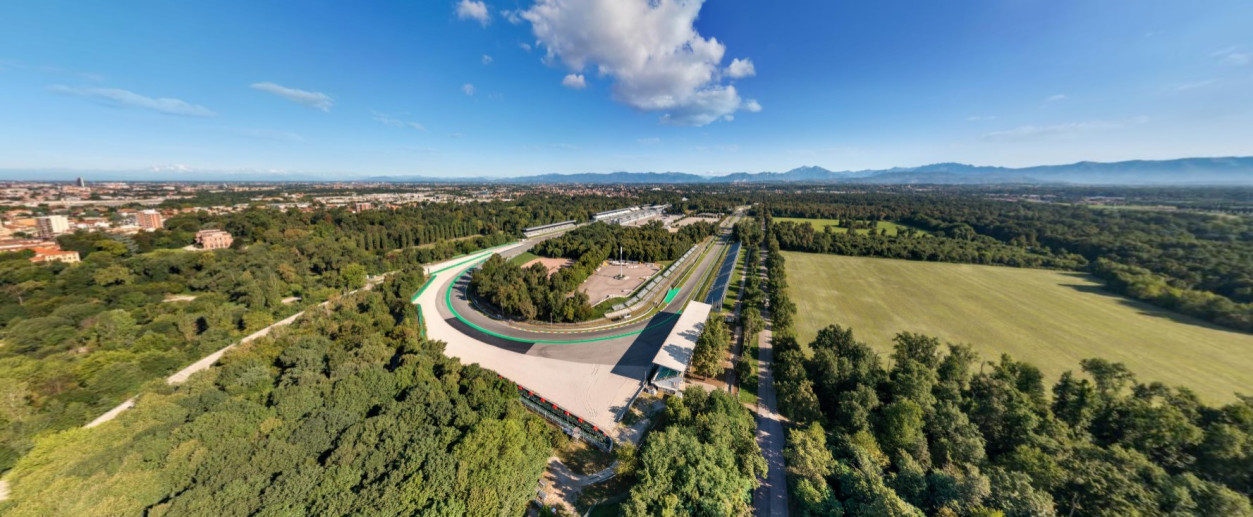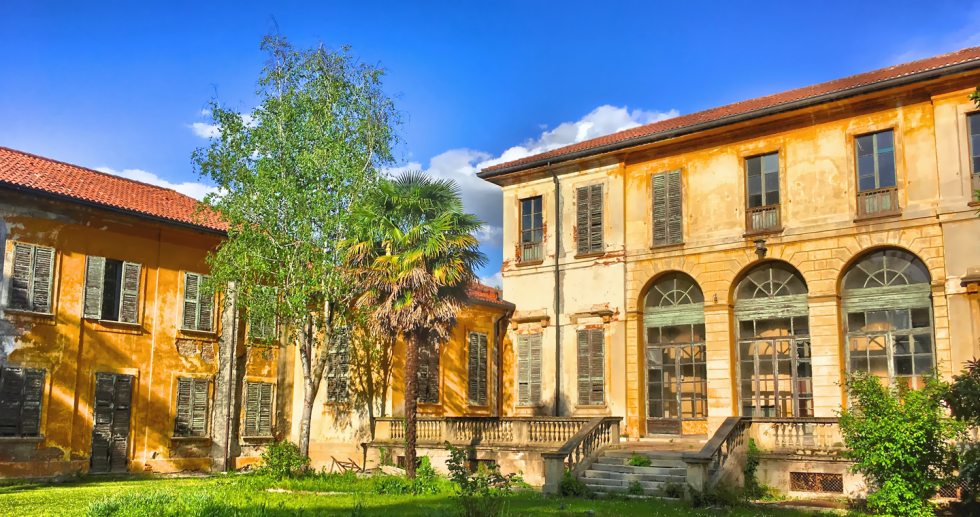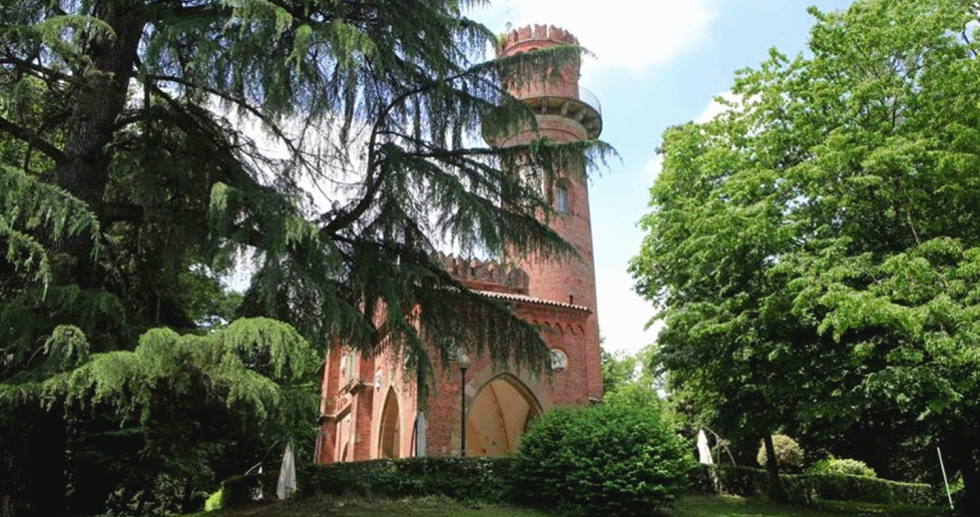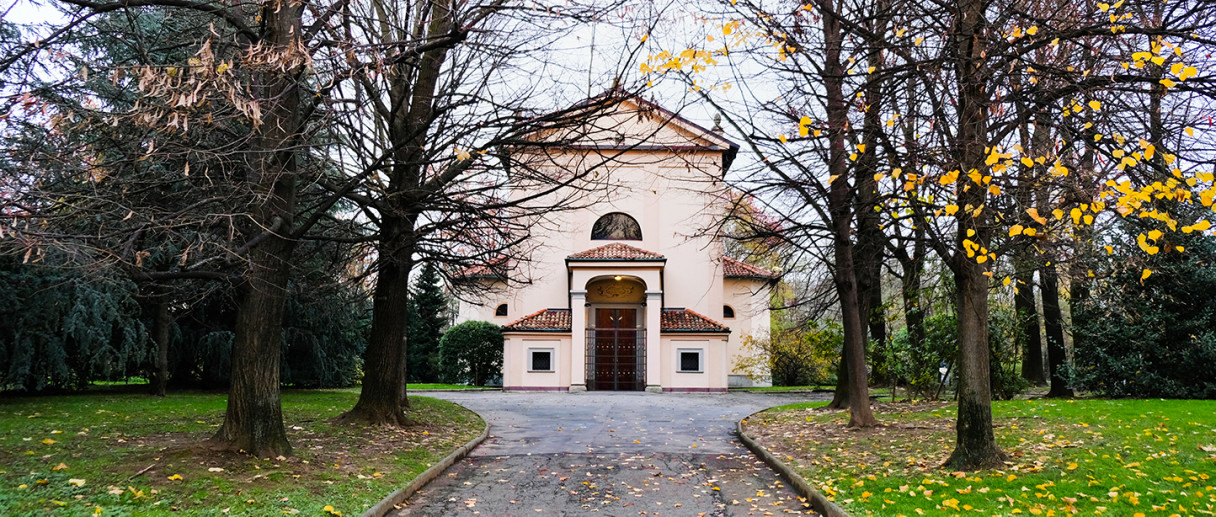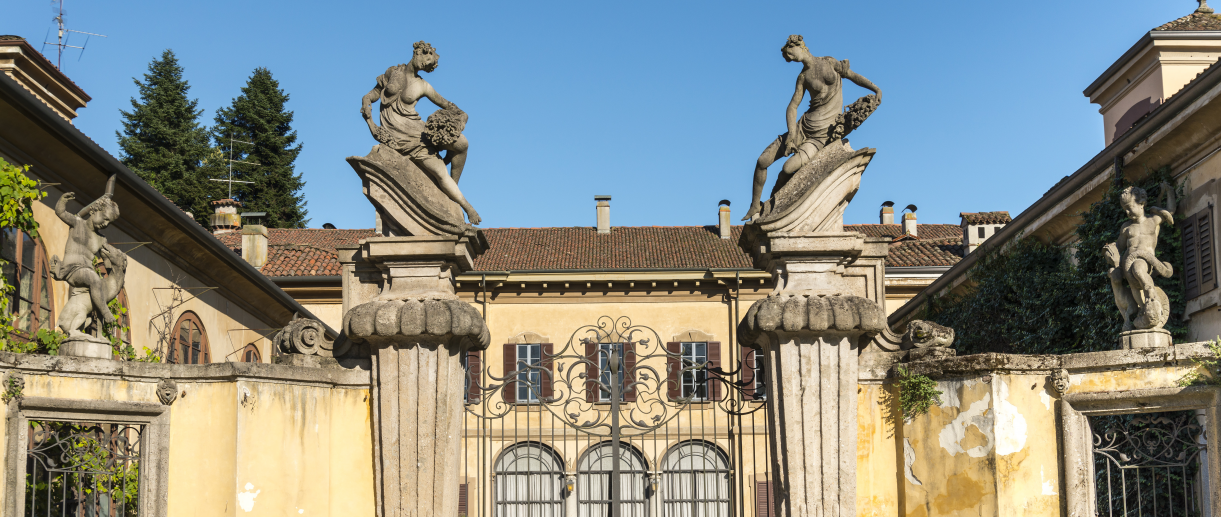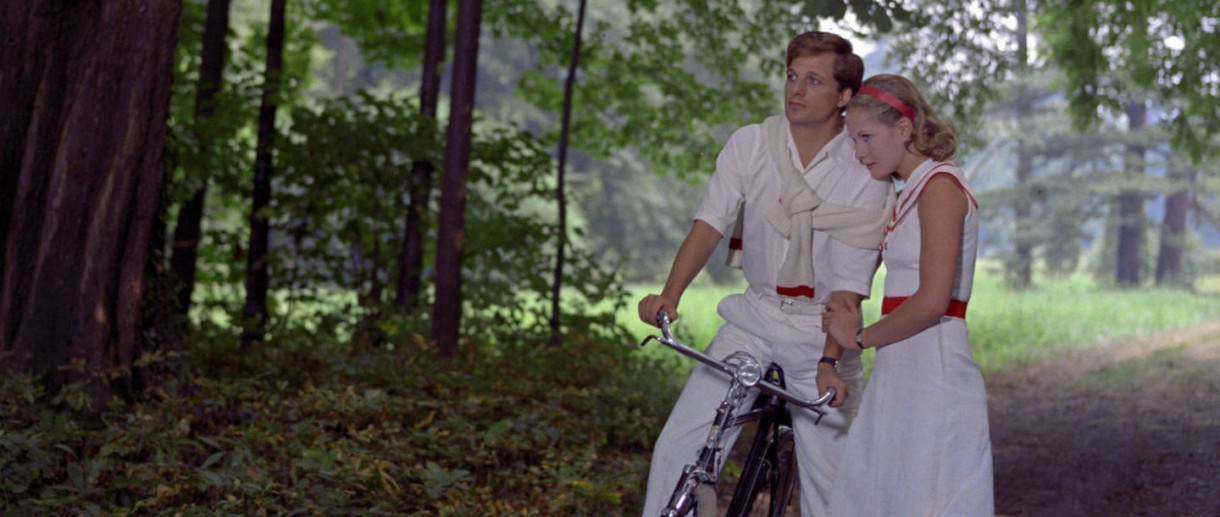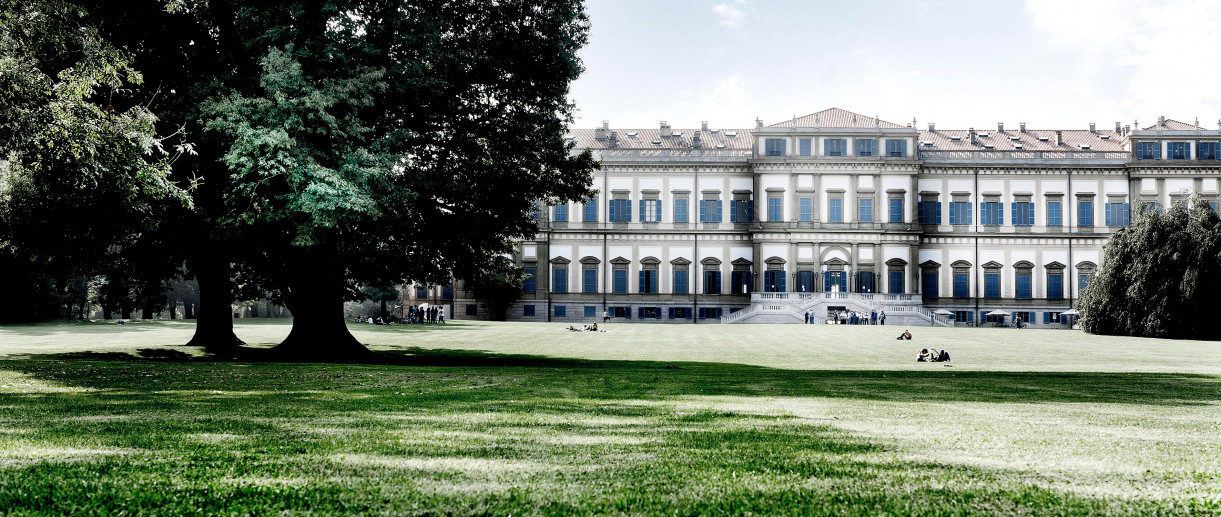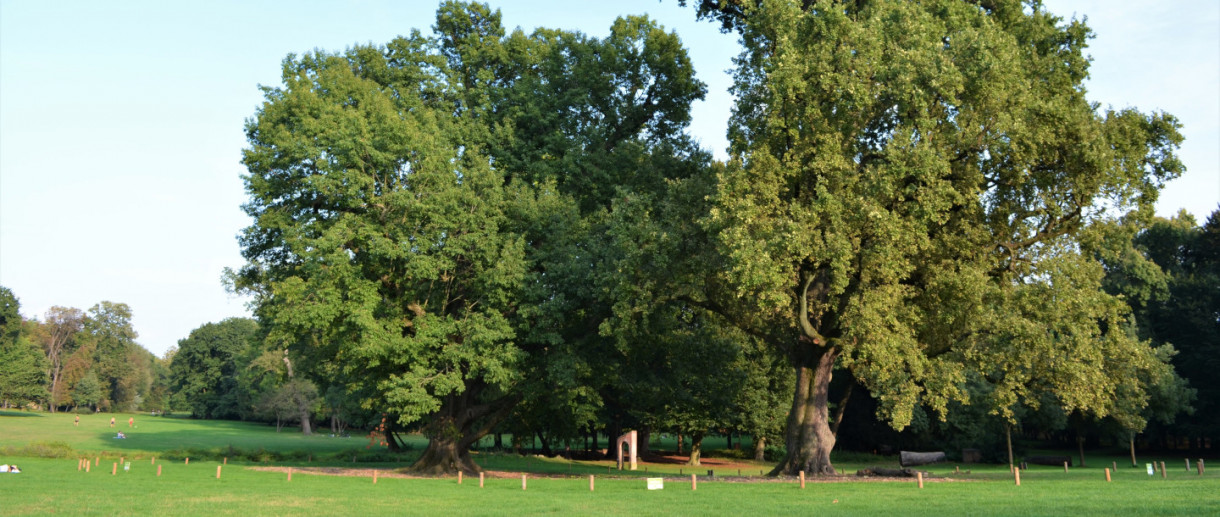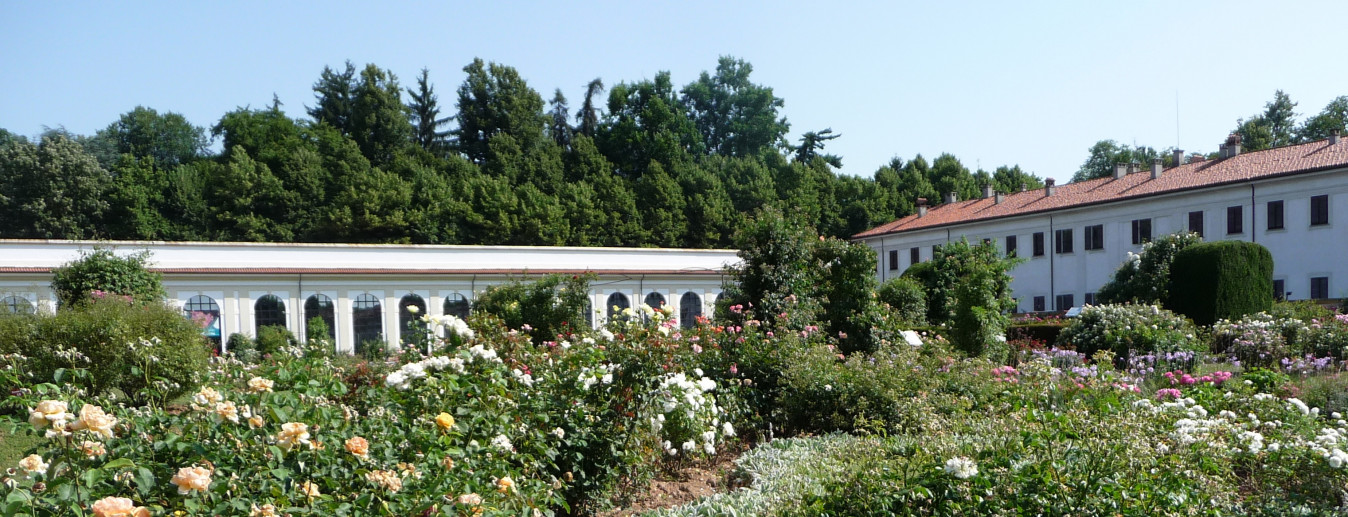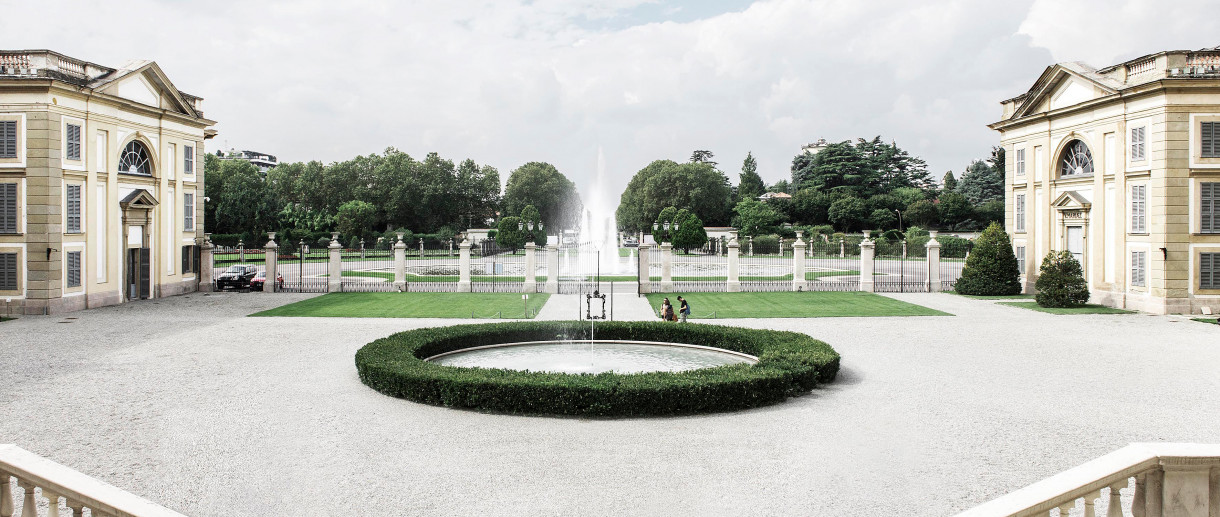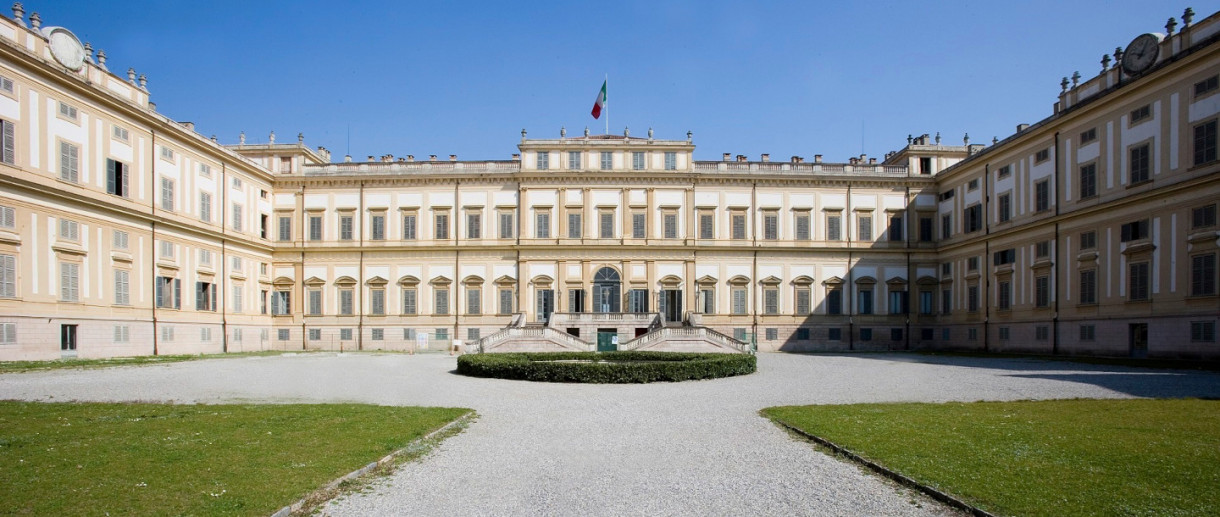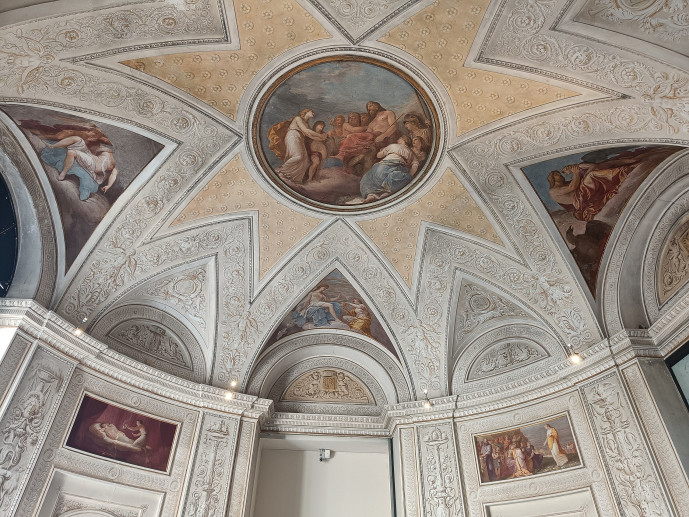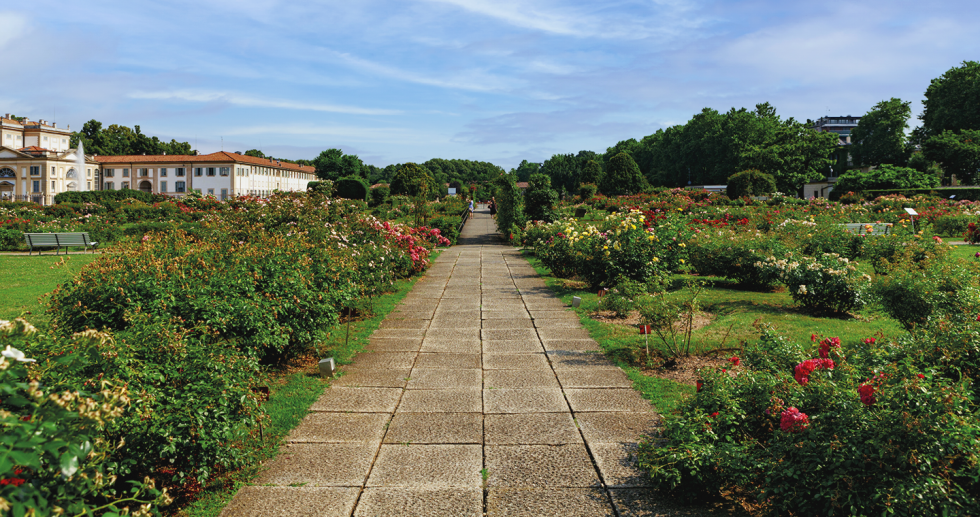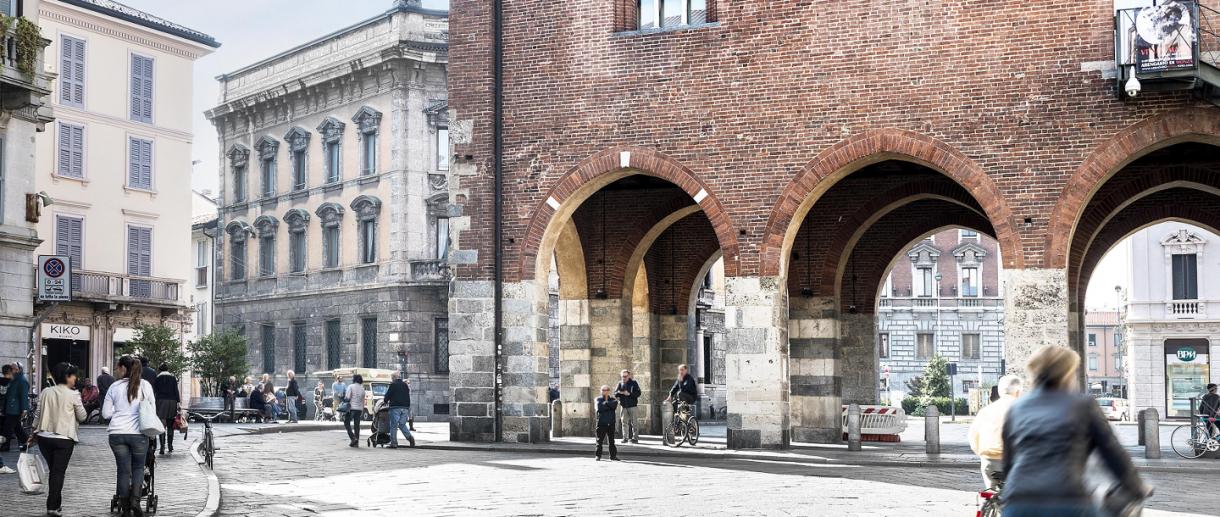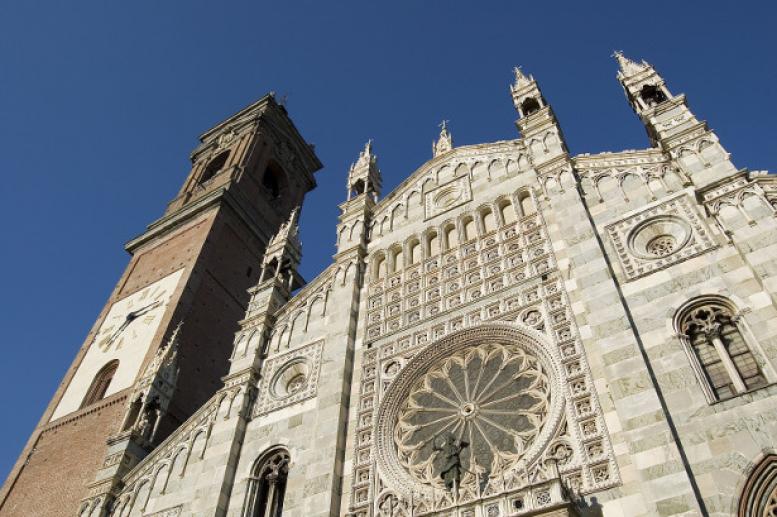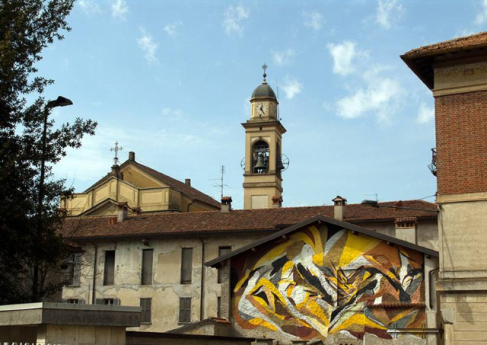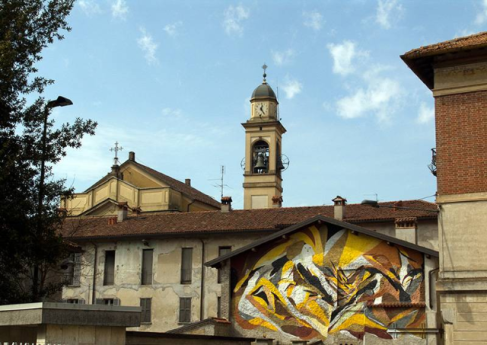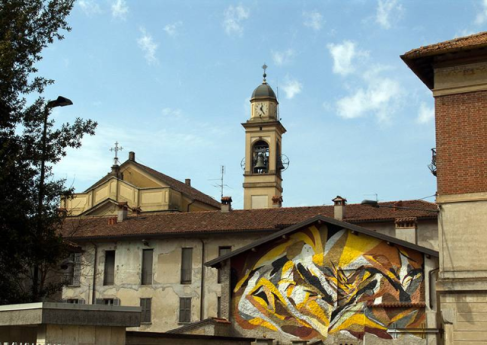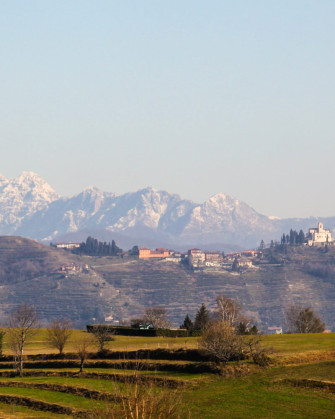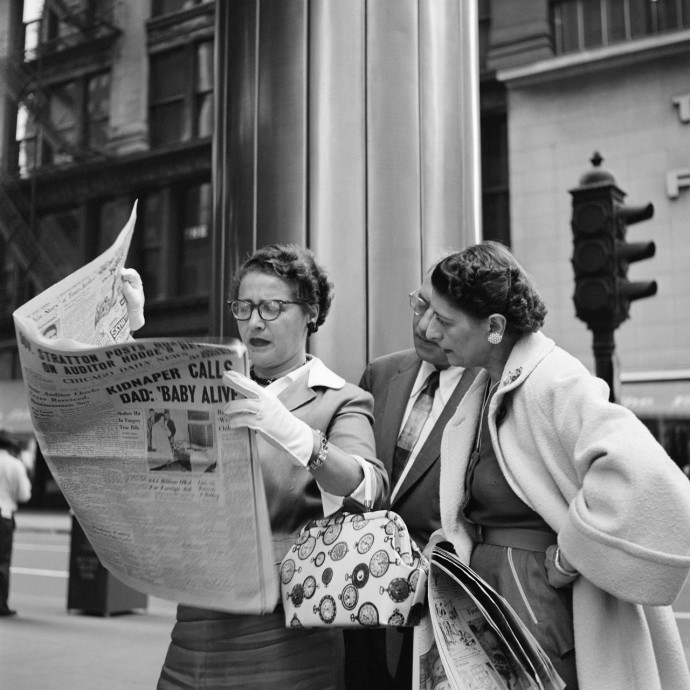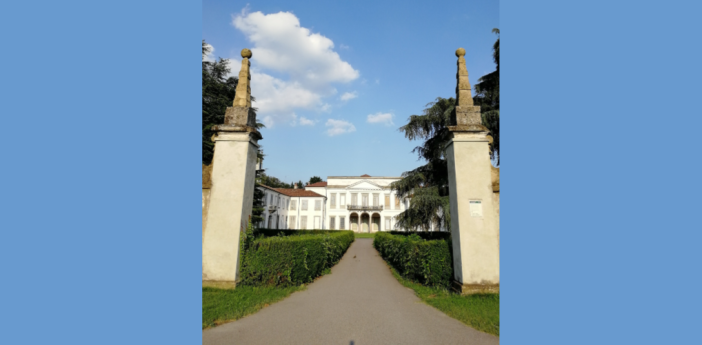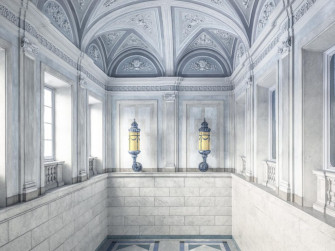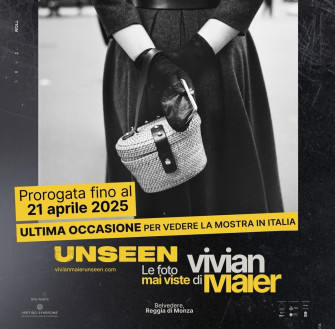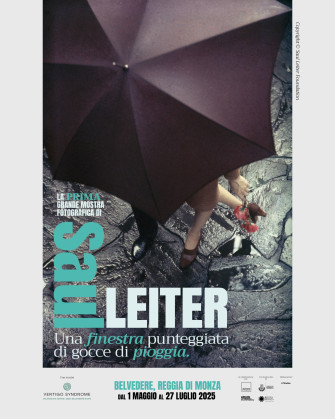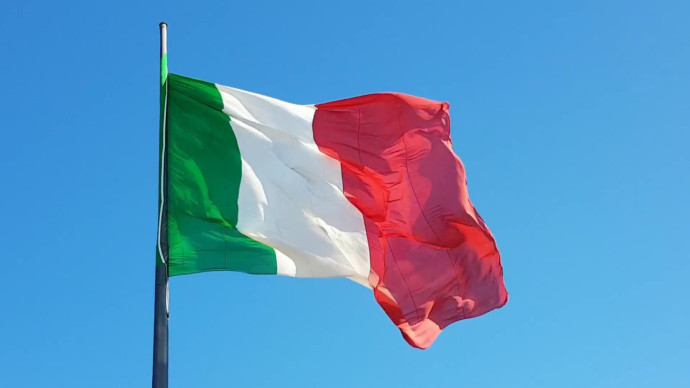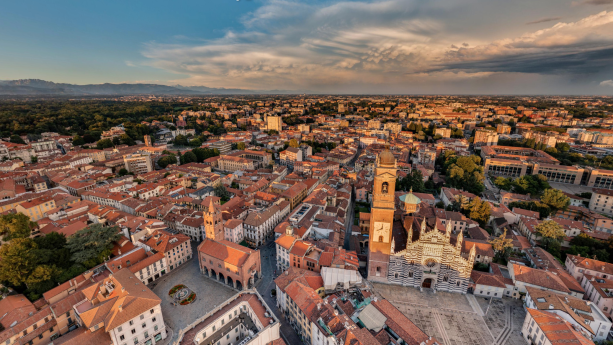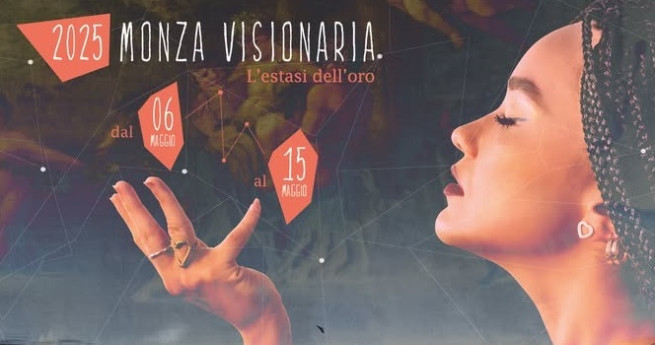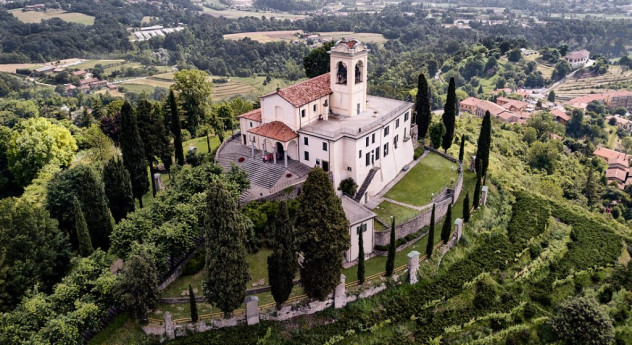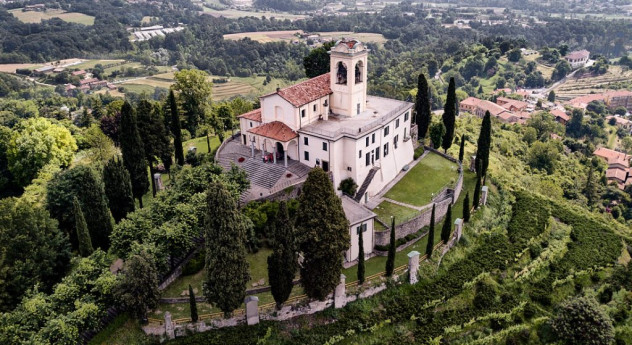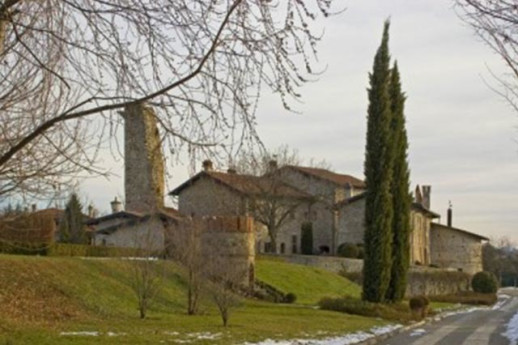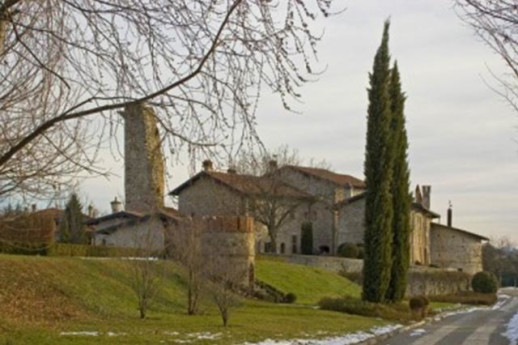- Art & Culture
Vimercate
From the Vimercate district museum to the jewels of little Oreno. Discover what to visit in Vimercate.
The name itself tells us: Vimercate, from the Latin Vicus Mercatiwas home to a large market in the Middle Ages, but the city’s origins date back to Roman times. Today two souls live together in Vimercate. Discover what to visit.
MUST – Territory Museum
A museum that chronicles the 2,000-year history of the Vimercate area in a multimedia and interactive narrative exhibition that starts from the ancient civilizations and continues through to the present day. 14 rooms, including archaeological artefacts, historical treasures and artworks, videos and oral testimonies. Opened to the public in Villa Sottocasa in 2010, the MUST was elected “Museum of the Year 2012” by the International Council of Museums (ICOM).
Via Vittorio Emanuele II, 53
Find out more
Villa Sottocasa
Splendid neoclassical villa in the historical centre of Vimercate, with restrained, monumental architecture. Built at the end of the eighteenth century, in the noble wing you can visit magnificent rooms with nineteenth-century frescoes, some of which are included in the tour of the MUST Territory Museum, which is located inside the villa. At the back of the villa is a large, English-style park - more than 6 hectares.
Via Vittorio Emanuele II, 53
Find out more
Palazzo Trotti
The Town Hall of Vimercate since 1862. The building’s simple facade features an imposing square tower with the entrance archway. But what makes it really special are the rooms, with original furnishings and rococo frescoes. Don’t miss the “Sala di Bacco” with a cycle of 18th-century frescoes attributed to Carlo Donelli, known as “Il Vimercati”.
Piazza Unità d’Italia, 1
Find out more
Ponte di San Rocco
The only surviving Roman bridge in Lombardy (dating back to the 3rd century AD), with two gated towers, to defend the town added at each end in the Middle Ages. The arrow slits and other defensive mechanisms of the time can still be seen in the towers now. Did you know a small, wide-eyed human head was sculpted into the stone arch? It is one of the symbols of Vimercate.
Via Cavour
Find out more
Collegiate church of Santo Stefano
Imposing church dating back to the 10th century, one of the most important examples of pre-Romanesque architecture in Brianza. The current facade, with classical-style details, was added during the sixteenth century, while the interior was renovated in 1807 by the architect Leopold Pollack. A must-see? The large cycle of frescoes of the “Stories of St. Stephen” painted in 1566 by Lattanzio Gambara.
Piazza Santo Stefano
Find out more
Sanctuary of the Blessed Virgin of the Rosario
Its highlights are the Chapel of the Saviour (Cappella del Salvatore), with stuccoes, frescoes and baroque paintings, and the Chapel of Saint Catherine, where an altarpiece painted by Lattanzio Gambara is kept. The church was built to designs by Fabio Mangone and Francesco Maria Richino, the leading architects working in Milan in the 17th century. A baroque gem in Brianza.
Piazza Unità d'Italia
Find out more
Oratory of S. Antonio Abate
The church was built in the Visconti period, between the 13th and 14th centuries. Inside, make sure you see the fine 15th century frescoes in international Gothic style depicting the Passion of Christ, and "La Gloria di San Carlo” (the glory of St. Charles), a large canvas with a view of the city of Vimercate in the 17th century, painted by the Lampugnani brothers.
Via Cavour
Find out more
Former convent of San Francesco
A 13th-century convent and now a private residence that can be visited during the FAI Days run by Fondo Ambiente Italiano (the Italian National Trust) and the Open Villas Festival in Brianza, in September every year. The complex is structured around a lovely cloister that was refurbished in the 16th century, with access through a Romanesque gateway. Inside the Church that dates back to the 14th century, you can admire some wonderful Giotto-style frescoes from that period.
Via Mazzini, 50
Find out more
Villa Gallarati Scotti
In the centre of the picturesque hamlet of Oreno is one of the most beautiful country residences in Brianza. This ‘Villa di Delizia’ (villa of delight) was originally built in the Baroque style and then remodelled in the neoclassical style. Behind the impressive facade, the large courtyard is marked by two classical shrines. In the large park behind the villa, you can still see traces of the baroque garden with its precious nymphaeum of Neptune.
Via Tommaso Gallarati Scotti 13, Oreno di Vimercate (MB)
Find out more
Borromeo hunting lodge
An unmissable masterpiece. All four walls on the first floor of this mediaeval hunting lodge (in the park of Villa Borromeo, a hamlet of Oreno) are covered in a cycle of 15th-century, Gothic style frescoes, including bear and falcon-hunting scenes. It is one of the most precious testimonies of profane art in 15th century Lombardy!
Via Piave 8, Oreno di Vimercate (MB)
Find out more
Convent of San Francesco
A 16th-century cloister lies at the heart of this convent that was originally built in the 13th century. The adjoining church is an elegant example of provincial, 17th-century architecture. Inside two niches on the facade are a statute of St. Francis and one of St. Anthony of Padua. The 17th-century, Baroque-style bell tower overlooks the hamlet of Oreno.
Via San Francesco 1, Oreno di Vimercate (MB)
Find out more
La Morte di Ruginello
In the hamlet of Ruginello, a macabre but at the same time ironic 18th-century sculpture reflects on the theme of death. The artwork is composed of two tall panels, each of which has a skeleton carved inside. They stand on the two sides of the entrance into the cemetery. One skeleton is holding a scythe, the other an hourglass. This one-of-a-kind artwork is an exceptional example of religious meditation in the 18th century.
Via Indipendenza, Vimercate (MB)
-
